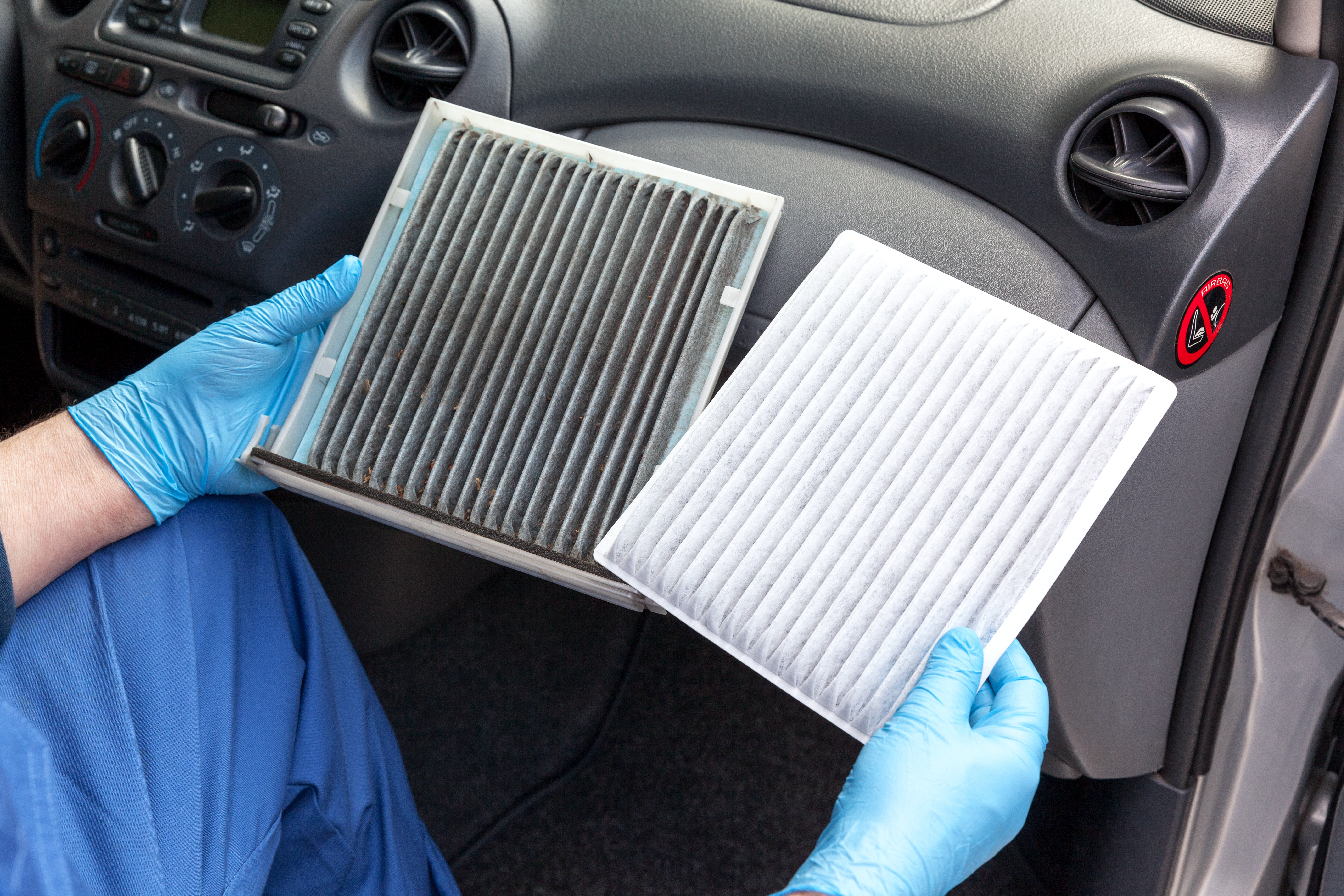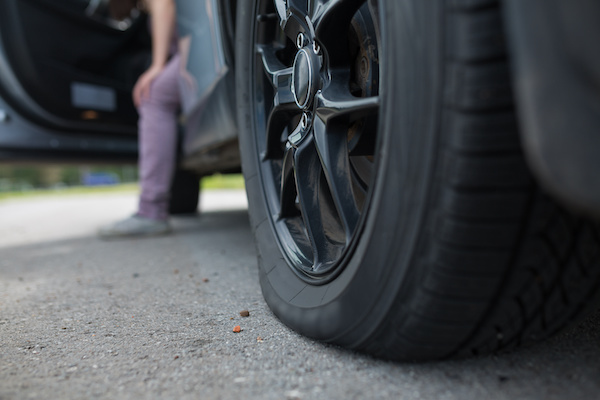Posted on 12/30/2022

If you own a vehicle, then one of the most important maintenance items you need to keep an eye on is your cabin air filter. This filter helps ensure that every time you turn on your car's AC or heater, clean and fresh air is circulating throughout the cabin. However, this filter needs to be replaced from time to time in order to ensure that it is doing its job effectively. In this blog, we will give you an overview of how often to replace your cabin air filter and why it's important for keeping your vehicle operating at peak condition. The Frequency of Replacing Cabin Air Filters In general, your cabin air filter should be replaced every 12 months or 15,000 miles, whichever comes first. If you live in an especially dusty area or frequently drive on unpaved roads, then you may need to replace it more often. Also, if you find that the air coming from your AC and heater isn't as clear as it used to be, then it's time for a new filter. In addition, you should check your ... read more
Posted on 11/25/2022
.jpeg)
Car troubles should be the least of your concerns over the holidays, which is why we are here to remind you to take care of your brakes. In the upcoming months, we may see ice and snow covering Burnt Hills. If you want to avoid every driver’s worst nightmare, then make sure your brakes are in good shape. Here are our top 3 brake tips to combat the colder seasons: Tip #1: Inspect Brake Fluid Most people are only concerned with their brake pads or shoes but tend to push brake fluid off to the side. However, brake fluid is pivotal to smooth and efficient braking. Not only can brake fluid run low but it can deteriorate and leak as a result of poor maintenance. Therefore, please check on your brake fluid to avoid outright brake failure. It is as simple as opening the hood and looking into the clear reservoir. The fluid should be clean and clear yellowish in color. If not, you should bring your car to Gil’s Garage for a fluid flush. Tip #2: Check Brake Pads Next ... read more
Posted on 10/28/2022
.jpeg)
Simply put, a hybrid uses a gasoline engine and at least one electric motor to move the vehicle, and its system recovers energy while braking. Othertimes the gas engine and sometimes the electric motor functions in tandem to complete the job. As a result, little gasoline is used up, improving fuel efficiency. In some instances, adding electric power can even improve performance. With all of them, electricity is provided by a high-voltage battery pack that is topped off by recovering kinetic energy during braking that is generally wasted to heat in traditional vehicles. In hybrid vehicles, the battery is kept in good shape and charged by the gas engine. Car manufacturers utilize various hybrid designs to achieve a variety of goals, from optimum fuel savings to maintaining the vehicles cost as minimal as possible. Types of hybrid vehicles that are available Parallel hybrid vehicles: These hybrid vehicles, which are the most popular kind, offer an electric motor that drives the car in ... read more
Posted on 9/29/2022

A flat tire can be noticeable as soon as it is struck with something, or it can be so minor that you don’t catch it for weeks. And the worst time to get a flat tire is if you just replaced them. Unfortunately, no matter how long ago your last tire replacement was, they can be impaled by pesky nails, glass, or other road debris. In what instances would you be able to patch the tire up or replace the tire altogether? While this may seem like common sense, the solution depends on how damaged the tire is and nature of how it was damaged. When you bring your car to our shop with the flat, we will thoroughly inspect the affected areas and determine how large the puncture actually is. We may be able to patch it up depending on the location of the impact and how soon you got your vehicle to our shop. Of course, repairing the damaged tire is a more cost-effective option than replacing the tire. But you should always consider safety first. We might ask you how long ... read more
Posted on 8/30/2022

With gas prices on the rise nowadays, vehicle owners have become more frugal when it comes to paying for gas. Moreover, we want our cars to be more efficient than ever. If you want to save money on fuel, consider checking out your vehicle’s health. There are many vehicle problems that can be bringing your MPG down. Here are 10 examples below: Underinflated Tires - If your tires are not up to the recommended PSI creates drag, which makes your engine work harder. If you want to maximize efficiency, make sure to regularly monitor your tire pressure. Filthy Air Filter - If your air filter is dirty and clogged, the engine will have to overwork to get a sufficient amount of fuel. In other words, your vehicle needs a proportional amount of air to fuel to run efficiently. Faulty Oxygen Sensors - Oxygen sensors are responsible for managing the air intake and emissions output. If it stops working, it can lower your vehicle’s MPG. Failing Spark Plugs - Your spark plugs provi ... read more